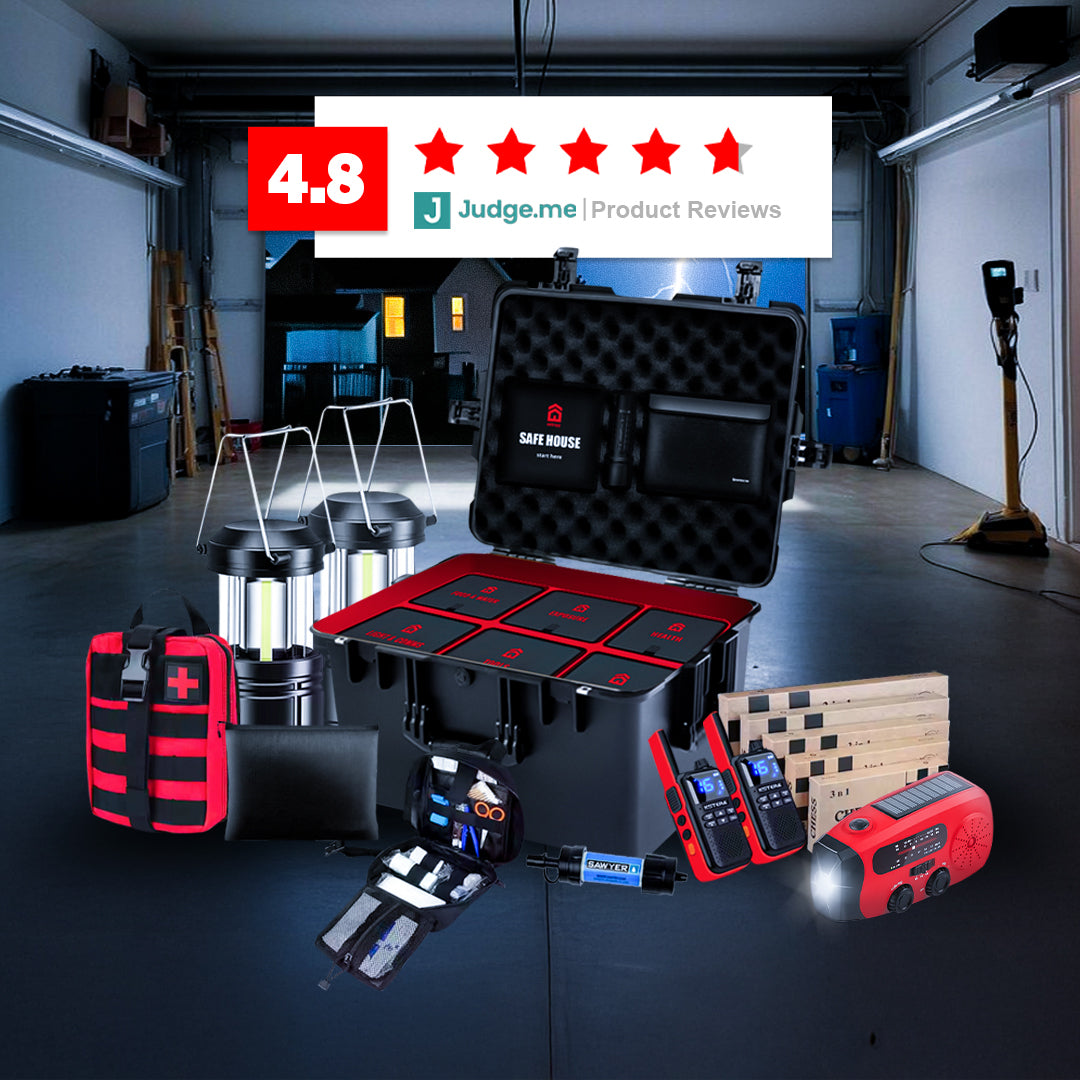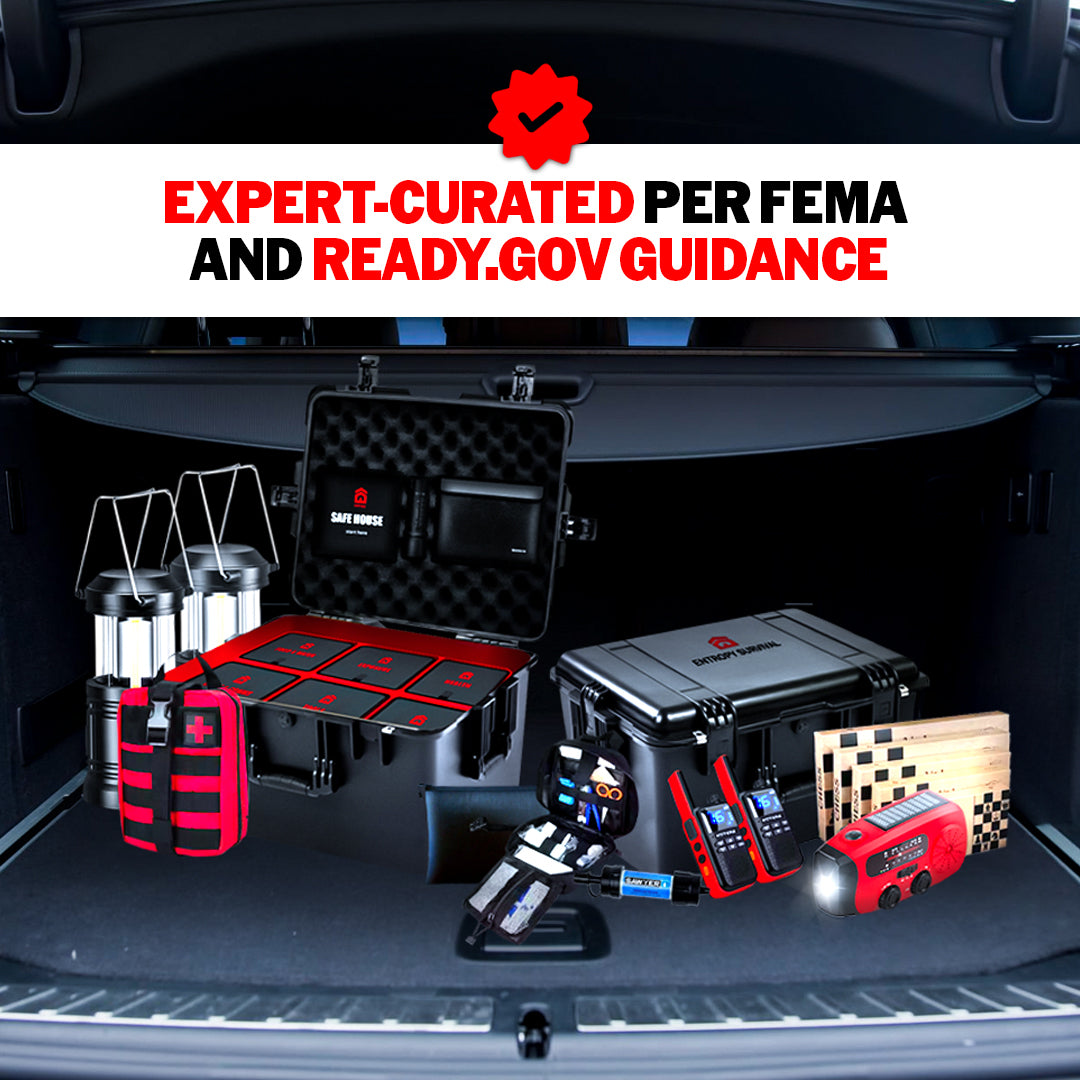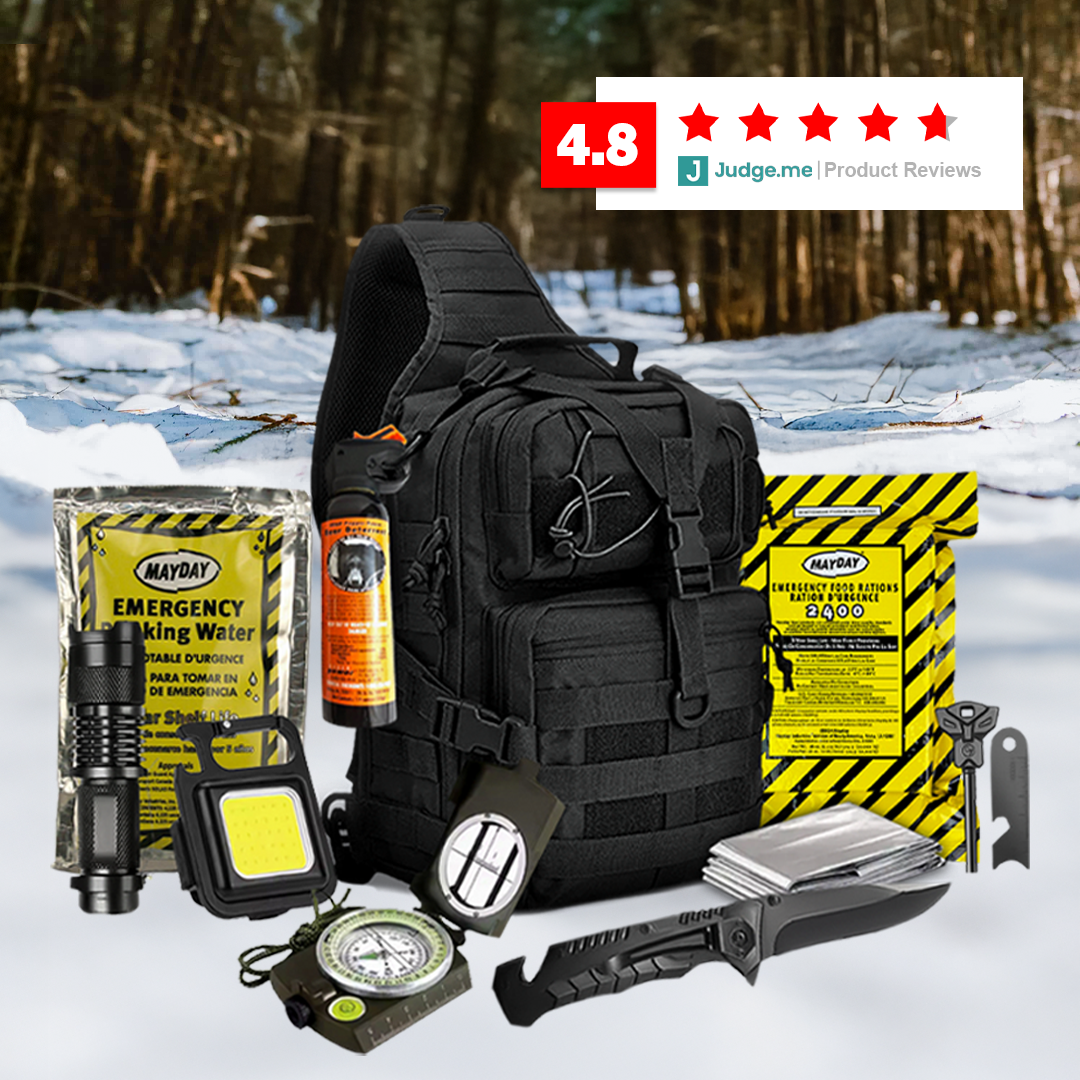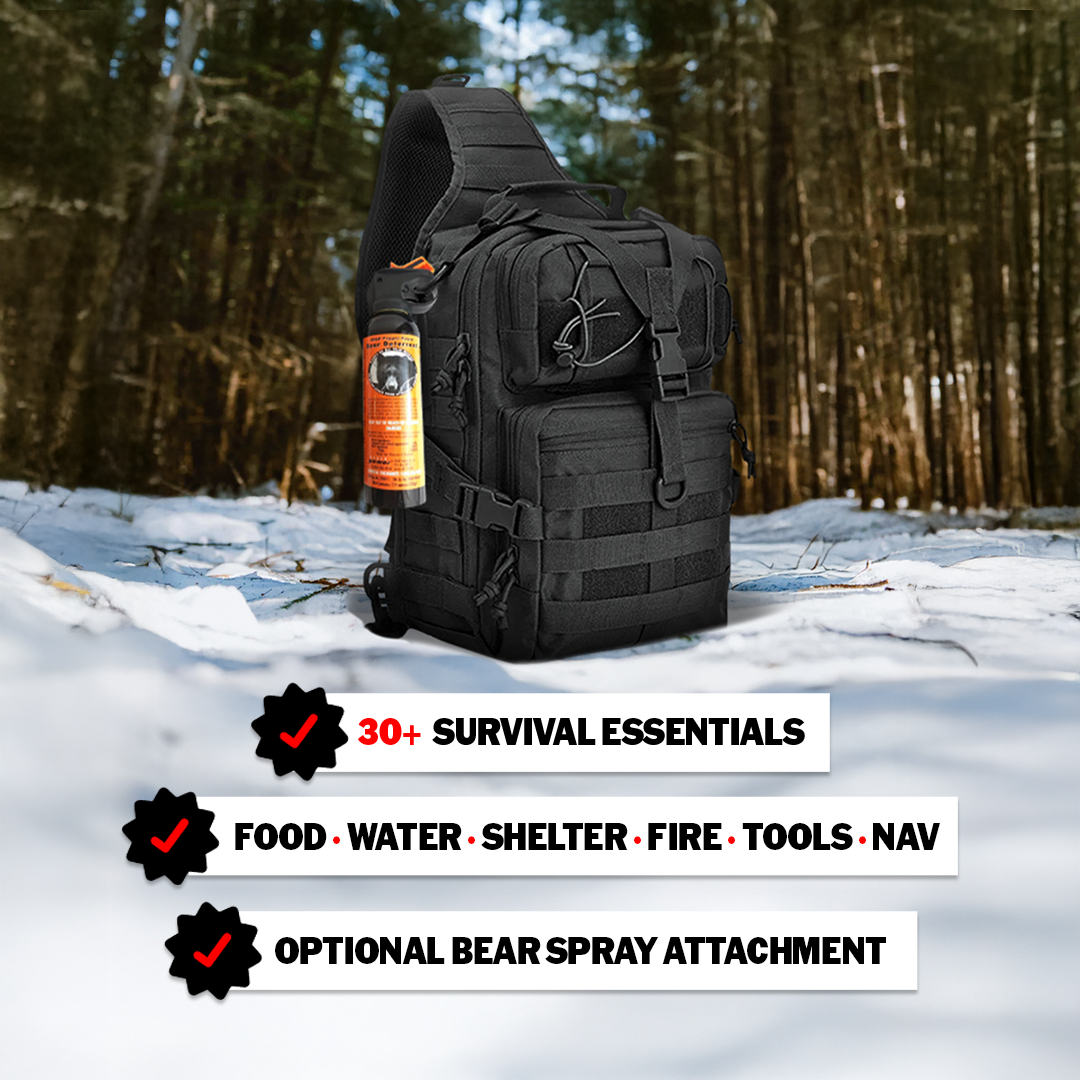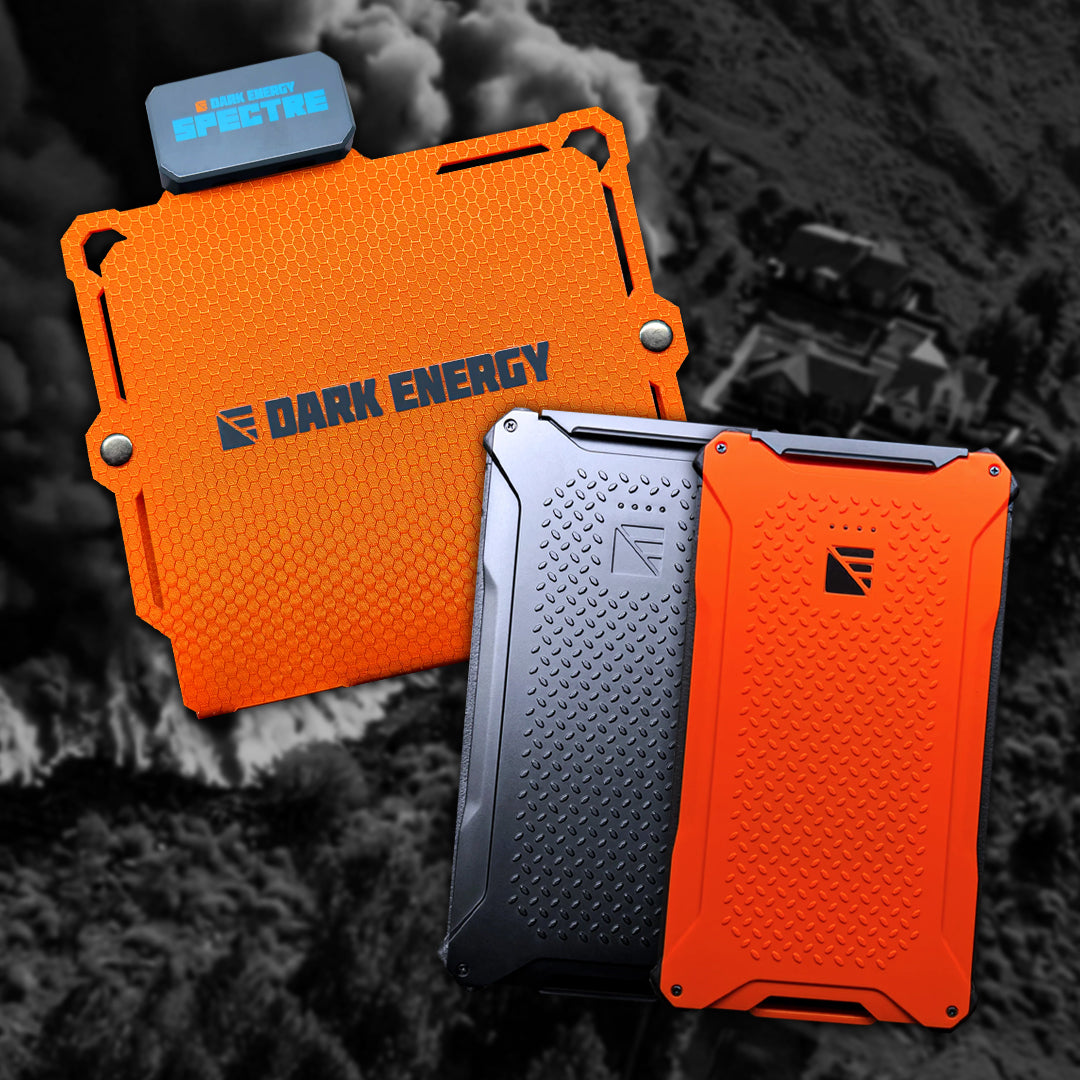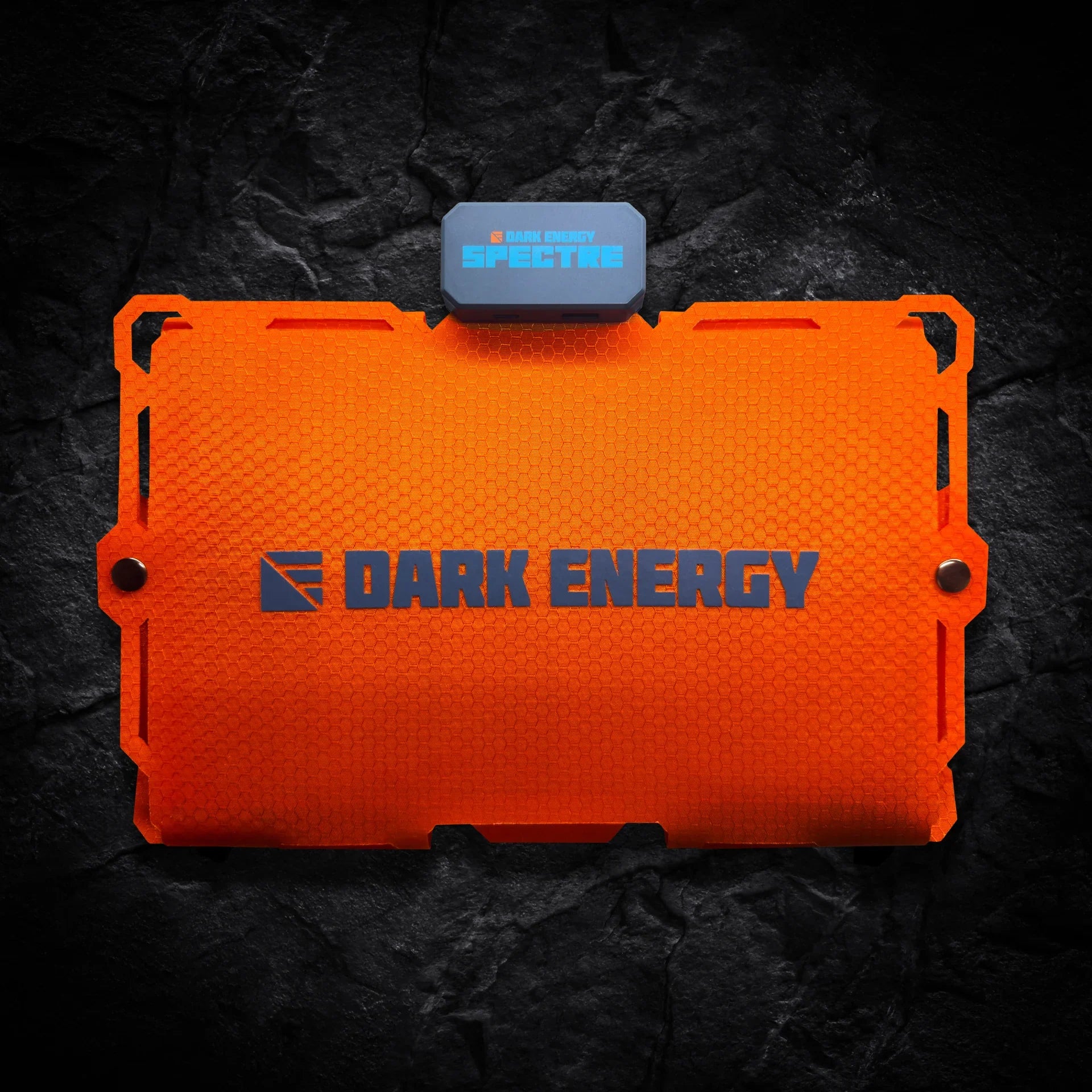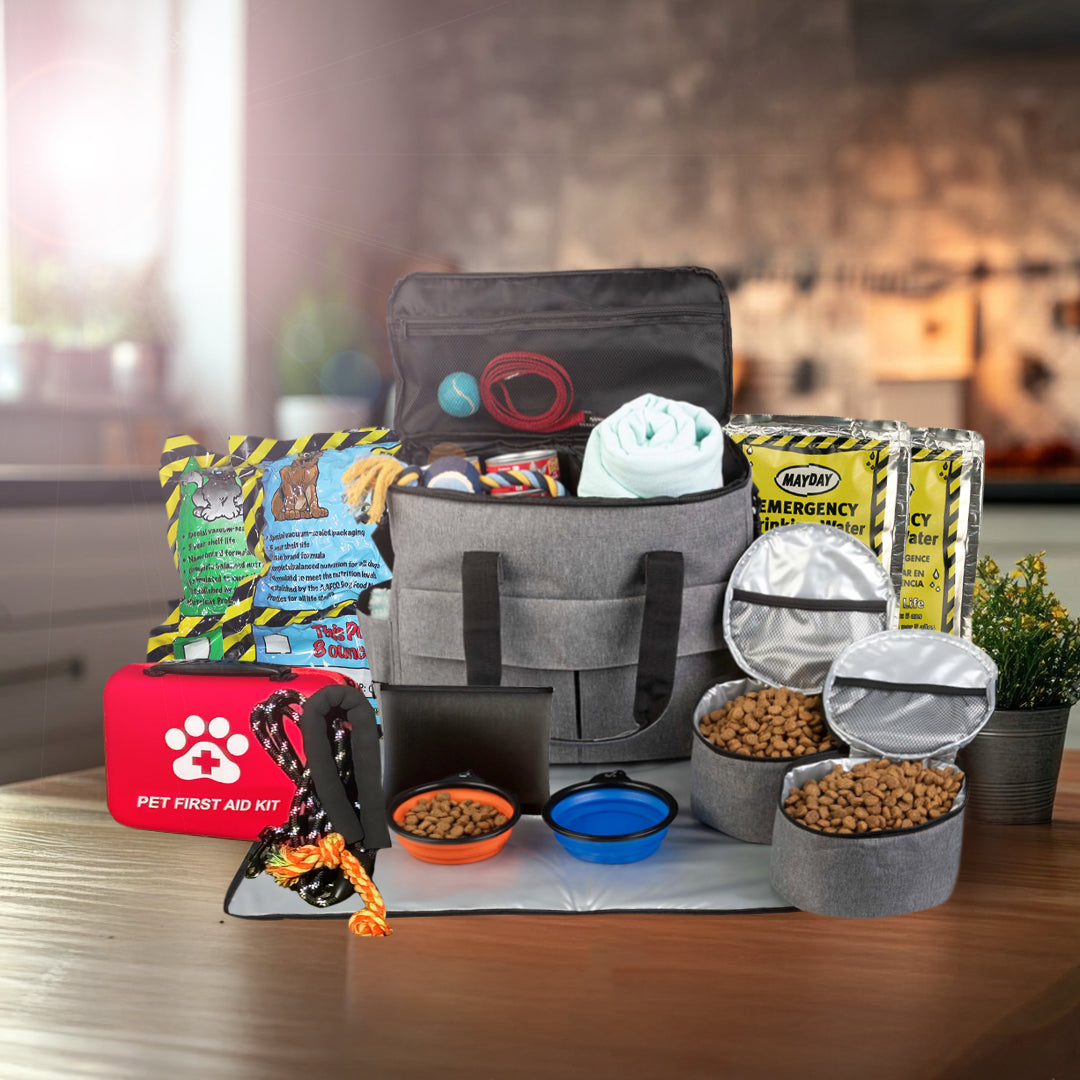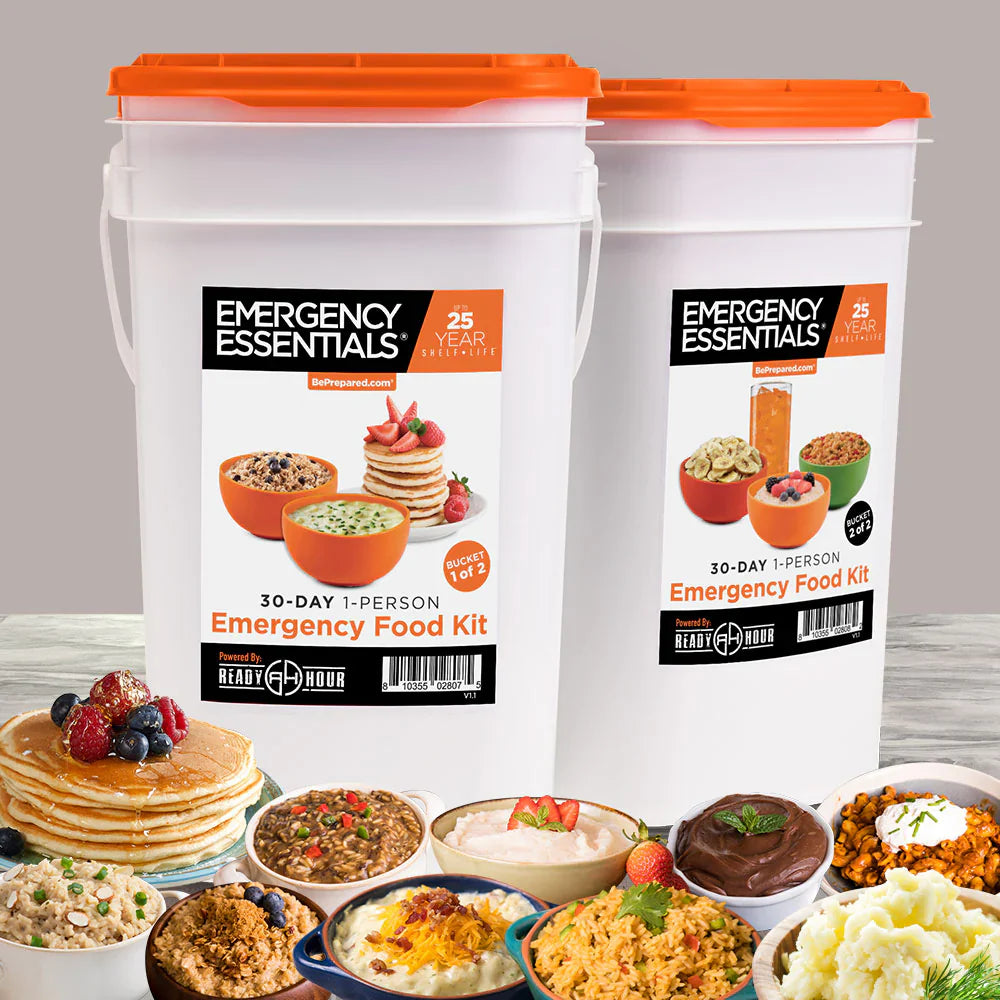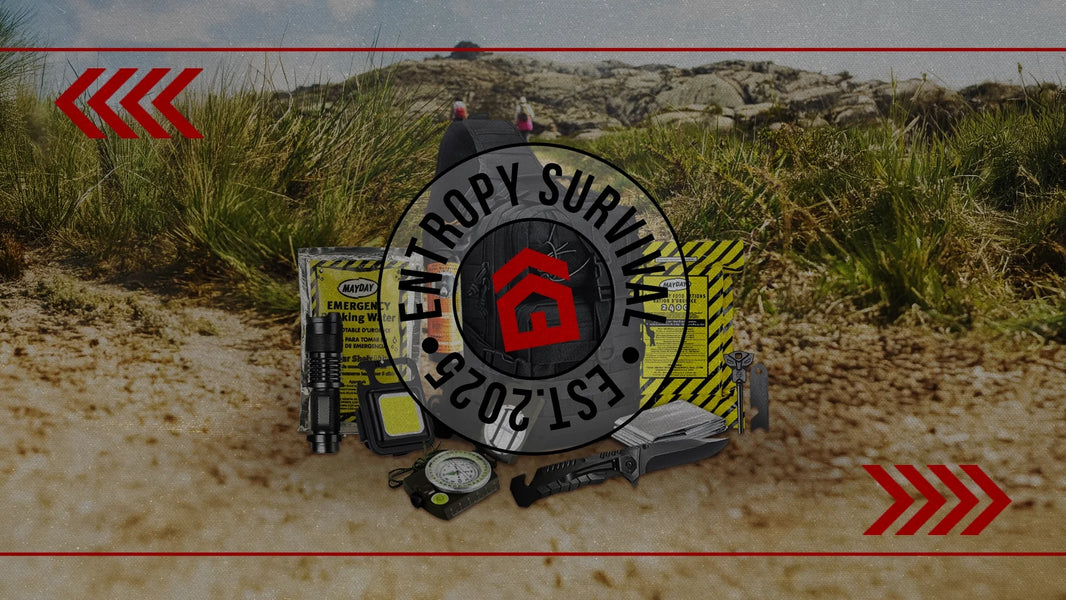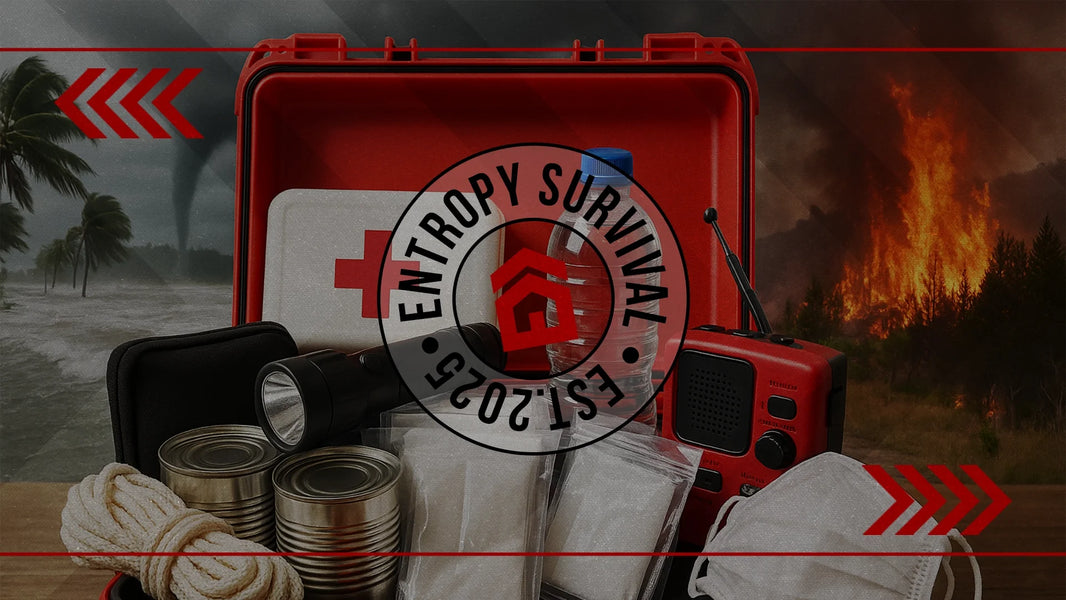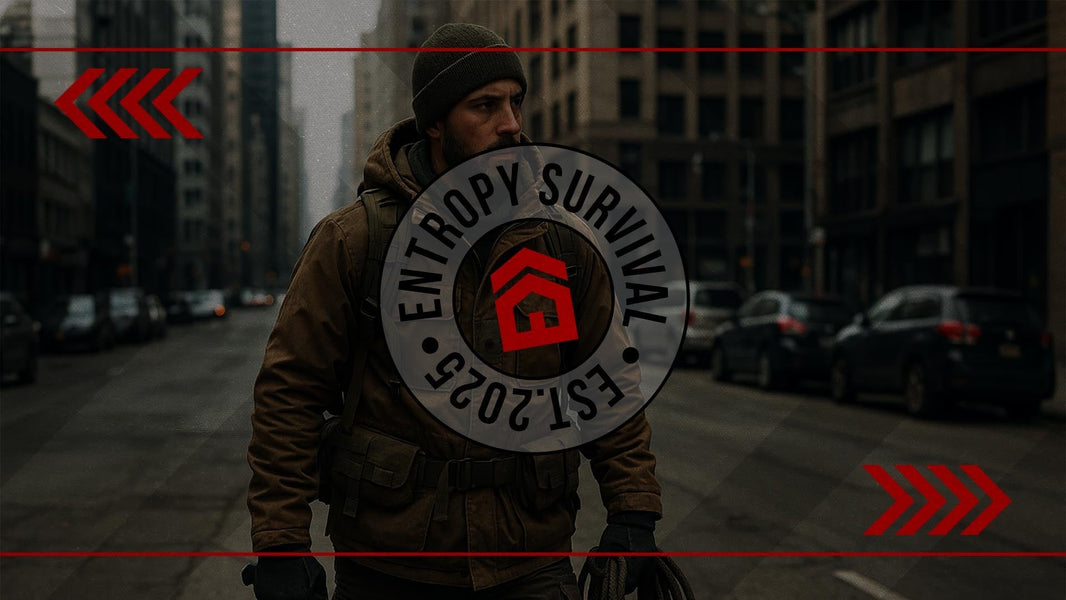When disaster strikes, you might have just minutes to grab your essentials and leave everything behind. Whether it's a wildfire racing toward your neighborhood, a hurricane bearing down on your coast, or any other emergency that requires immediate evacuation, having a well-prepared bug out bag could mean the difference between surviving comfortably and struggling to meet your basic needs.
But what exactly is a bug out bag, and why has it become such an essential part of modern emergency preparedness? Let's dive deep into this critical survival tool that every American household should seriously consider having ready.
Understanding the Bug Out Bag Concept
A bug out bag, often abbreviated as BOB, is essentially a portable emergency kit designed to sustain you for at least 72 hours when you need to evacuate your home quickly. The term "bug out" comes from military slang, meaning to retreat or evacuate rapidly from a dangerous situation. Think of it as your survival insurance policy that you hope you'll never need but will be incredibly grateful to have if disaster strikes.
The concept isn't new, but it has gained significant traction in recent years as Americans have witnessed increasingly frequent natural disasters, from the devastating wildfires in California to the powerful hurricanes that regularly pummel the Gulf Coast. The 2020 wildfire season alone forced hundreds of thousands of people to evacuate with little to no warning, highlighting just how crucial it is to have emergency supplies ready to go.
What makes a bug out bag different from other emergency kits is its mobility and immediate accessibility. Unlike a home emergency kit that might be stored in your basement or garage, your bug out bag should be easily portable and ready to grab at a moment's notice. It's your lifeline when you can't stay put and need to get to safety quickly.
The Psychology Behind Emergency Preparedness
Understanding why bug out bags matter goes beyond just the practical aspects of emergency preparedness. There's a psychological component that's equally important. When chaos erupts around you, having a pre-planned, well-stocked bag reduces decision fatigue and panic. You're not frantically trying to remember what you need or scrambling to find supplies scattered throughout your home.
This concept of preparedness reducing uncertainty aligns perfectly with understanding entropy in survival situations. Just as entropy represents the tendency toward disorder and chaos in physical systems, emergency situations create chaos in our normally ordered lives. At Entropy Survival, we understand that proper preparation helps counteract this natural tendency toward disorder, giving you the tools and knowledge to maintain control when everything else seems unpredictable.
The peace of mind that comes from knowing you're prepared can't be overstated. It's not about living in fear or expecting the worst, but rather about taking reasonable precautions that allow you to live more confidently, knowing you can handle whatever comes your way.
Essential Components of an Effective Bug Out Bag
Creating an effective bug out bag requires thoughtful planning and understanding of your basic survival needs. The foundation of any good bug out bag is built around the survival rule of threes: you can survive three minutes without air, three hours without shelter in harsh conditions, three days without water, and three weeks without food.
Water is your most critical need after breathable air. You should plan for at least one gallon of water per person per day, but carrying three gallons in a bug out bag isn't practical. Instead, focus on water purification methods like portable filters, purification tablets, or UV sterilizers. Include at least a few bottles of water for immediate needs, but your long-term solution should be the ability to purify water from various sources.
Food in your bug out bag should be lightweight, non-perishable, and require minimal preparation. Energy bars, nuts, dried fruits, and freeze-dried meals are excellent choices. Avoid foods that require extensive cooking or large amounts of water to prepare. Remember, you're not planning a camping trip where you'll have time to cook elaborate meals. You need quick, efficient nutrition that keeps you moving.
Shelter and warmth are crucial, especially if you're forced to evacuate during adverse weather conditions. A lightweight emergency shelter, such as a tube tent or emergency bivvy, takes up minimal space but provides critical protection from the elements. Include warm clothing appropriate for your climate, rain gear, and emergency blankets. Many people underestimate how quickly hypothermia can set in, even in moderate temperatures, when you're wet and exposed.
First aid supplies are non-negotiable. Include basic wound care supplies, medications you regularly take, pain relievers, and any prescription medications that are critical for your health. If someone in your family has specific medical needs, your bug out bag should reflect those requirements.
Choosing the Right Bag and Organization System
The bag itself is more important than many people realize. It needs to be durable enough to handle rough treatment, comfortable enough to carry for extended periods, and organized enough that you can find what you need quickly, even in the dark or under stress.
A good bug out bag should have multiple compartments to help organize your supplies. External pockets provide quick access to frequently needed items like flashlights, maps, or communication devices. Internal organization systems help distribute weight evenly and prevent items from shifting around as you move.
Size matters, but bigger isn't always better. A bag that's too large encourages overpacking, which can slow you down when speed might be essential. Most experts recommend a bag in the 40-60 liter range for most adults, though your specific needs might vary based on your physical capabilities and family situation.
Consider the carrying system carefully. Look for padded shoulder straps, a padded back panel, and ideally a waist belt to help distribute weight. Remember, in an emergency evacuation, you might need to carry this bag for much longer distances than you initially planned.
Customizing Your Bug Out Bag for Your Situation
One size definitely doesn't fit all when it comes to bug out bags. Your specific location, climate, family situation, and potential threats should all influence what goes into your bag. Someone living in earthquake-prone California will have different needs than someone in hurricane-prone Florida or tornado-prone Oklahoma.
Consider your local geography and climate when selecting gear. If you live in a desert environment, sun protection and extra water storage become more critical. In colder climates, warm clothing and fire-starting materials take higher priority. Coastal areas might require different considerations than mountainous regions.
Your family situation also plays a huge role in planning. If you have young children, you'll need to include items specific to their needs, such as formula, diapers, or comfort items that might help keep them calm during a stressful evacuation. Elderly family members might need additional medications or mobility aids.
Don't forget about your pets. If you have animals, they're part of your family and should be included in your emergency planning. Pet carriers, food, medications, and comfort items for your furry family members should be considered in your overall evacuation plan.
Common Mistakes to Avoid
Many people make critical errors when assembling their bug out bags, often without realizing it until it's too late. One of the most common mistakes is overpacking. It's tempting to include everything you think you might need, but remember that you need to be able to carry this bag, possibly for long distances, when you're already under stress.
Another frequent error is never actually testing your gear. Don't wait for an emergency to discover that your flashlight batteries are dead, your water purification tablets have expired, or your emergency food tastes so bad you can't eat it. Regularly check and test your equipment, and replace items as needed.
Many people also make the mistake of creating a bug out bag and then forgetting about it. Your bag should be reviewed and updated regularly. Seasons change, family situations evolve, and gear wears out or expires. Set a reminder to check your bag every six months and make any necessary updates.
Storage location is another critical factor that's often overlooked. Your bug out bag should be stored where you can access it quickly, even if you're woken up in the middle of the night. It should also be in a location where it's protected from extreme temperatures and moisture but still readily accessible.
The Role of Training and Mental Preparedness
Having a well-stocked bug out bag is only part of the equation. Knowing how to use everything in your bag and having the mental preparedness to handle emergency situations is equally important. Consider taking basic first aid courses, wilderness survival training, or even just practicing using your equipment in non-emergency situations.
Mental preparedness might be the most overlooked aspect of emergency planning. When disaster strikes, panic can set in quickly, and even the most well-prepared people can make poor decisions under extreme stress. Take time to think through various scenarios and how you might respond. Discuss evacuation plans with your family, establish meeting points, and practice your evacuation procedures.
Building Your Emergency Preparedness Beyond the Bag
While a bug out bag is an essential component of emergency preparedness, it's just one piece of a larger puzzle. Consider it part of a comprehensive approach to emergency planning that includes home emergency kits, communication plans, important document storage, and financial preparedness.
Your bug out bag should complement your other emergency preparations, not replace them. A well-stocked home emergency kit, for instance, can sustain you for much longer than a bug out bag if you're able to shelter in place. The key is having multiple layers of preparedness that work together to cover different scenarios.
Understanding the principles of preparedness and self-reliance can help you navigate not just natural disasters but also economic uncertainties, supply chain disruptions, and other challenges that modern life can throw at us. The skills and mindset that go into effective emergency preparedness often translate into greater confidence and capability in many areas of life.
The Investment in Peace of Mind
Creating a comprehensive bug out bag represents an investment in your family's safety and your own peace of mind. While the initial cost might seem significant, especially if you're purchasing quality gear that will last, it's important to consider the alternative. In an emergency situation, basic supplies can become extremely expensive or completely unavailable.
More importantly, you can't put a price on the security that comes from knowing you're prepared. The stress and anxiety that many people feel about uncertain times can be significantly reduced by taking concrete steps toward preparedness. It's about taking control of the things you can control and being ready for whatever challenges might come your way.
Moving Forward with Confidence
Emergency preparedness isn't about living in fear or expecting the worst to happen. It's about taking reasonable precautions that allow you to live with greater confidence and peace of mind. A well-prepared bug out bag is a practical tool that every American household should consider having ready.
Start with the basics and build your kit over time. You don't need to have everything perfect from day one. Focus on covering your essential needs first, then gradually add items and improve your kit as you learn more about your specific needs and preferences.
Remember that preparedness is a journey, not a destination. As you gain experience and your situation changes, your bug out bag should evolve with you. Stay informed about best practices, learn from others in the preparedness community, and most importantly, take that first step toward being better prepared for whatever uncertainties the future might hold.
The question isn't whether you'll ever need your bug out bag, but whether you'll be ready if you do. In a world where uncertainty seems to be the only certainty, having a well-prepared bug out bag gives you one less thing to worry about and one more reason to feel confident about your ability to handle whatever challenges come your way.


